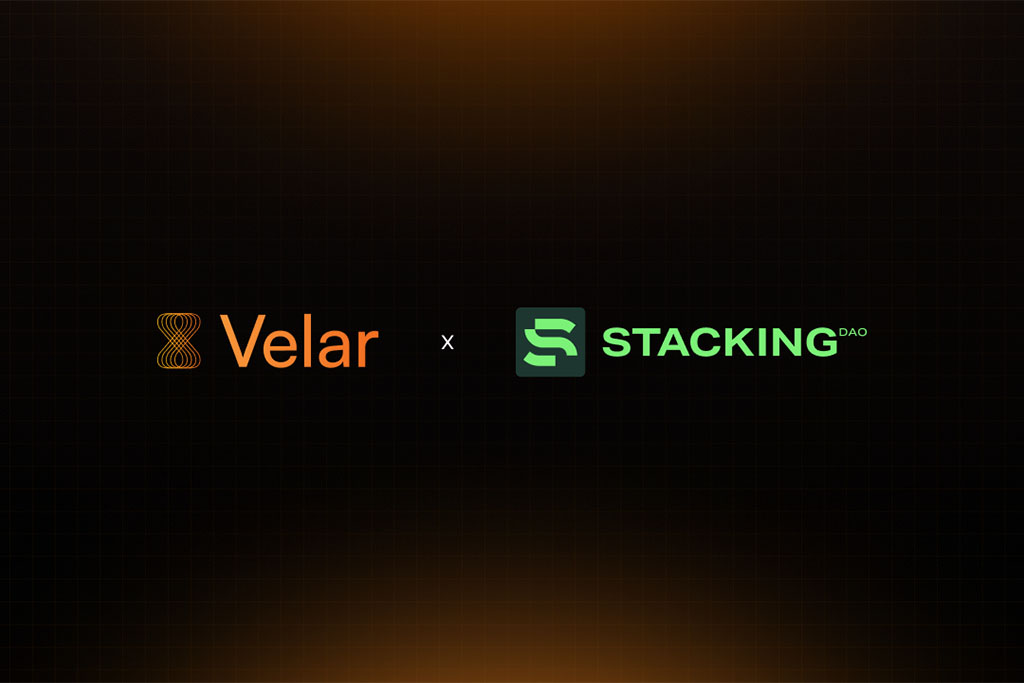ARTICLE AD
Tether’s market capitalization currently rivals that of the British oil and gas giant BP while making USDT the preferred choice in the crypto space to maintain stability in the volatile crypto market.
The world’s largest crypto stablecoin Tether (USDT) has achieved a historic milestone by surpassing a market capitalization of $100 billion. This marks a 9% increase year-to-date, widening the gap between itself and its closest competitor USD Coin (USDC).
On March 4, USDT briefly reached the $100 billion milestone, with its market capitalization fluctuating based on the current price and circulating supply, as reported by CoinGecko.
USDT’s market cap now exceeds that of USDC by over $71 billion. Thus, circle’s USDC stablecoin which has also experienced growth in its market cap this year, still lags significantly behind USDT. The data sources from CoinMarketCap, however, show that Tether’s USDT stablecoin valuation is at $99.583 billion.
Tether’s market capitalization currently rivals that of the British oil and gas giant BP, while it slightly surpasses the e-commerce behemoth Shopify. Furthermore, Tether’s USDT stablecoin operates on 14 different blockchains and protocols, as stated on its official website.
Ranked as the third-largest cryptocurrency by market capitalization, after Ether (ETH), Tether has become a vital asset for crypto traders seeking stability within the volatile cryptocurrency market.
Tether’s Growing Clout in Crypto Market
Tether asserts that each USDT token is fully backed by its audited reserves, primarily composed of yield-bearing U.S. Treasury Bills (T-Bills) – short-term loans extended to the US government.
During the fourth quarter of 2023, the company reported a record quarterly profit of $2.85 billion, with $1 billion generated from its T-Bill holdings. Its quarterly report disclosed T-Bill holdings exceeding $80 billion, positioning Tether as one of the largest buyers of U.S. government debt globally.
Concerns have arisen in the crypto community regarding the quality of assets backing USDT, prompting Tether to mitigate its exposure to higher-risk assets. In late 2022, Tether committed to ceasing the lending of funds from its reserves by the end of 2023.
However, those plans have yet to come to fruition. By the end of 2023, Tether had $4.8 billion of loans on its books, reduced by $1 billion from the previous year. Tether claims that the loans are entirely backed by collateral and has committed to reducing them to zero by 2024.
Another major concern is that more than half of the USDT in circulation is presently on the Tron blockchain, a platform highlighted in a January United Nations report as “a preferred choice” for cyber fraud and money laundering activities in Southeast Asia.
In response to the report, Tether has refuted the allegations, asserting that the UN overlooked the company’s cooperation with law enforcement and the token’s traceability features.

 8 months ago
46
8 months ago
46 

